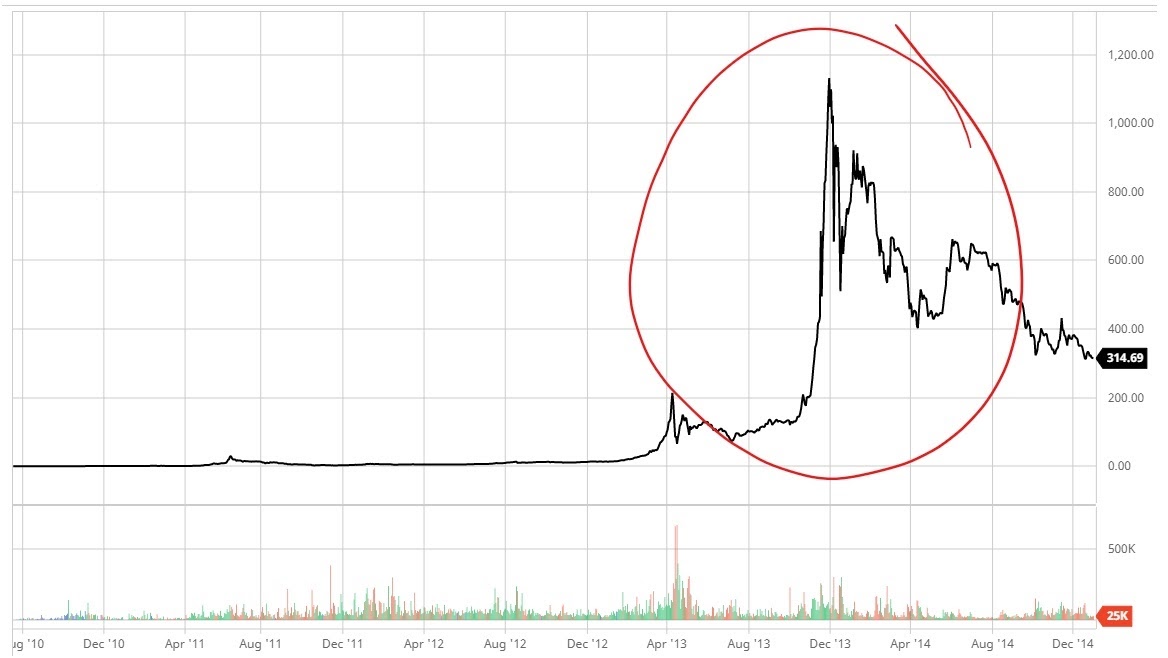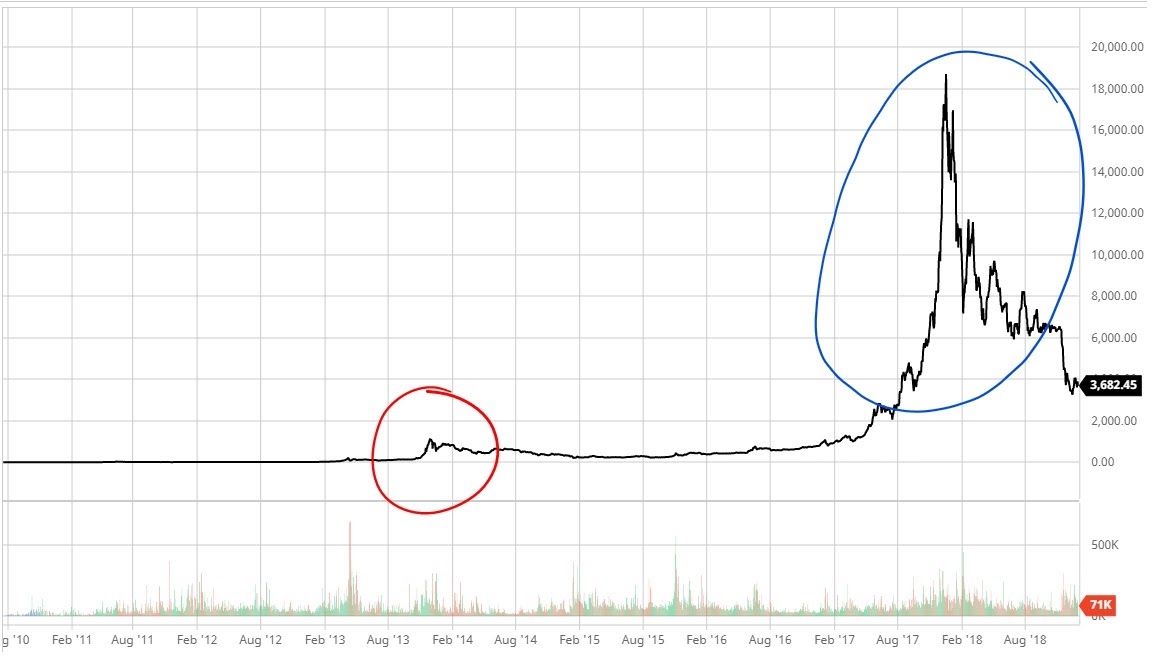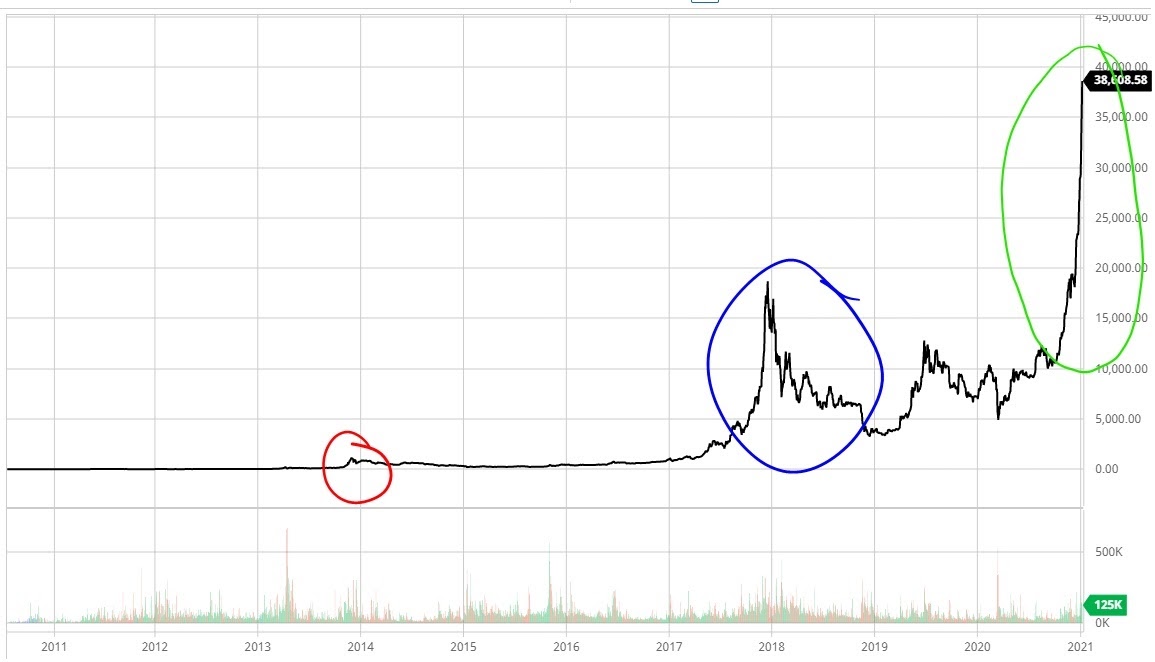
Right now we are seeing the price of Bitcoin go up and it feels like a missed opportunity to get rich. However, many individuals and institutions believe that Bitcoin is only just starting to heat up. So, what is driving the price of Bitcoin so high, and how can it continue to rise above these levels? Perhaps we can understand it from the backbone of Bitcoin economics: supply and demand.

Supply and demand
The problem of predicting future prices stems from predicting the relationship between supply and demand. Bitcoin is unique in that its supply time is known. It is embedded in software code that cannot be changed by any person or organization. In this regulation, the new supply of Bitcoin is cut in half every four years. The first mining halving took place in 2012, when mining was cut in half, releasing 25 coins roughly every 10 minutes. In 2016, it was cut in half again, generating 12.5 new coins every 10 minutes. In May 2020, the most recent halving took place, which means that now only 6.25 new coins are created every 10 minutes. In short, the incoming supply of bitcoins becomes increasingly scarce over time.
We can compare the mechanics of Bitcoin to the price of a car. If there is a massive increase in demand for cars, there will initially be a shortage and prices will skyrocket. However, automakers can respond by building more cars. Once a new supply of cars becomes available, prices will fall back.
Now, imagine what would happen if the supply of new cars was strictly limited: only 1,000 new cars could be produced each year. There simply won't be enough cars to go around, so prices will go up (not back down). What if we went even further and cut the annual supply of new cars in half so that we could only produce 500 new cars a year? This could lead to a mania in car prices as people start to realize that owning a car is becoming more difficult.
This price frenzy is actually what happened to Bitcoin in 2012-2013, 2016-2017, and so far in 2020-2021. The supply of Bitcoin remains constant over the four-year period. Then, suddenly cut it in half. The impact was small at first, but as more people learned about Bitcoin, more buyers chased the dwindling new supply.
Exponential growth in the price of Bitcoin can be a bit tricky to grasp, so let's see what the charts look like. Below is Bitcoin from 2010 to 2014, with the exponential growth phase circled in red:

Here is another chart showing the price of Bitcoin from 2010 to 2018. Note that the index price increase since 2013 (circled in red) now looks insignificant. The 2017 exponential growth phases are circled in blue:

This last chart gives us an idea of today's price levels. The current index price increase is circled in green, while the 2013 and 2017 price increases are circled in red and blue, respectively. Note that the first uptick was just a blip on the radar, and the second uptick is starting to look insignificant:

If the price of Bitcoin follows the pattern of previous halvings, the blue circle above will soon become as small as the red circle. This is in line with the price predictions of many industry leadersCitibank:CitibankThe price of Bitcoin is predicted to reach $318,000,GuggenheimSay $400,000,MorganThe general is claiming $146,000 and the uptrend is continuing for now.
Isn't it true?
Bitcoin could be incredible because it's a rare opportunity. Almost all new technologies are first made available to others where the wealthy and well-connected. Televisions, cars and computers were first owned by the super rich and later by the masses. Also, almost all new investments are available to the top 1% first. Most companies are first privately funded by venture capitalists and accredited investors, and are later publicly listed through the stock market.
Bitcoin reversed this trend. Available to anyone with an internet connection. In some ways, it is easier for the average person to store their wealth in Bitcoin than Jeff Bezos. While the average person could simply download an app and buy bitcoin, Bezos would likely need a direct relationship with a major bitcoin exchange and a complex plan to secure hundreds of millions of dollars worth of bitcoin. Although not available to all of humanity (not everyone has an internet connection), Bitcoin is the most widely used early technology in our lifetime and even in modern history.
Of course, Bitcoin is no guarantee of success. In the early days, the Internet was not a guarantee, nor was the printing press. However, the globally decentralized nature of Bitcoin makes it very difficult to kill. It has no leaders to attack or bribe. This is not a company that can be overutilized and shut down. It doesn't depend on a few major clients and can't be disbanded just because world leaders don't like it. Bitcoin continues to exist because people and companies around the globe use it and do work on July 24, 365.
While global Bitcoin adoption is uncertain, it continues to grow at an exponential rate, both in price and number of users. The internet followed a similar path in its early days. at a certain moment,Less than 5% of the world has access to the Internet. Because of the lower levels of ownership, the internet was slower and less useful than it is today. Currently, approximately 60% of the global population are active Internet users. Currently, global Bitcoin ownershipaccounts for less than 5% of the global population. If the global network effects that upgraded the internet to widespread adoption are similarly propelling Bitcoin toward global ownership, then it’s definitely not too late for us to start using Bitcoin. In fact, we may still be very early.






